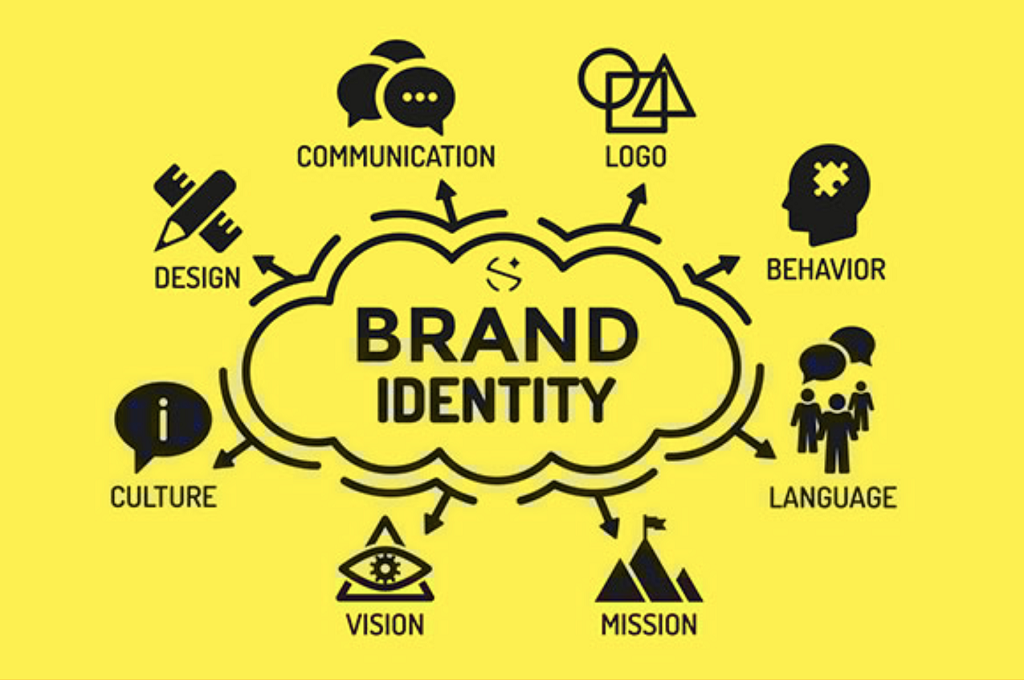In today’s competitive marketplace, a strong brand identity is no longer a luxury – it’s a necessity. Your brand is the essence of your business, the story you tell, and the emotional connection you forge with your audience. But how do you know if your brand is firing on all cylinders, or if it’s quietly holding you back?
Here, we’ll delve into the key signs of a weak brand identity, and more importantly, offer actionable steps to revitalize it.
Symptoms of a Brand Identity Crisis
- Inconsistent Messaging: Imagine encountering a company with a sleek, modern website, but receiving marketing emails riddled with typos and outdated visuals. This inconsistency breeds confusion and weakens trust.
- Struggling to Attract Your Ideal Customer: Do you find yourself attracting customers who aren’t a good fit? A weak brand identity fails to resonate with your target audience, leading to wasted marketing efforts.
- High Customer Churn Rate: Loyal customers are the backbone of any business. If yours are frequently jumping ship, it suggests your brand needs to deliver on its promises.
- Price Becomes the Main Differentiator: In a race to the bottom, competing solely on price is a recipe for disaster. A strong brand compels customers to choose you over competitors, even at a premium.
Building a Brand Identity that Endures
- Unearth Your Brand Core: Every powerful brand is built on a foundation of core values, mission, and vision. These elements define who you are, what you stand for, and where you’re headed.
- Become the Customer Whisperer: Understanding your target audience’s needs, desires, and pain points is paramount. Conduct market research, gather customer feedback, and craft your brand narrative to resonate with them.
- Craft a Cohesive Brand Story: Your brand story is the emotional connection that transcends features and benefits. Think of Nike’s “Just Do It” campaign – it speaks to the aspiration of self-improvement, not just athletic apparel.
- Visualize Your Brand Identity: Your logo, color palette, and overall visual style should all communicate your brand essence. Consistency across platforms like your website, social media, and marketing materials is key.
Expert Insights and Actionable Steps
Branding guru Marty Neumeier emphasizes the importance of “differentiating” your brand. He states, “The only sustainable competitive advantage is a differentiated brand identity.” [Source: The Brand Flip by Marty Neumeier].
Here’s how you can put Neumeier’s advice into action:
- Conduct a competitive analysis to understand your industry landscape and identify what sets you apart.
- Develop a unique brand voice and personality that reflects your core values.
- Become a thought leader in your industry by sharing valuable content that educates and inspires your audience.
Remember, a strong brand identity is a work in progress. Continually evaluate your brand’s effectiveness, adapt to market changes, and stay true to your core values. By consistently nurturing your brand identity, you’ll cultivate a loyal following, achieve sustainable growth, and leave a lasting impression.
Related: How Do You Know if You Have a Good Business Idea
Bonus Tip: Consider incorporating storytelling elements into your brand communication. Stories have the power to connect with us on an emotional level and make information more memorable. Share customer success stories, showcase the passion behind your team, or highlight the positive impact your business has on the world.
By following these steps and embracing a customer-centric approach, you can transform your brand from weak to powerful, propelling your business toward long-term success.




